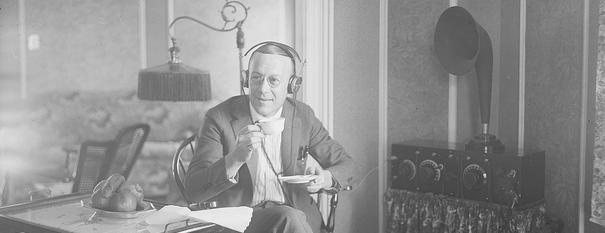
The Brand Challenge
A household services company is working through a transition based on a federal mandate that requires homeowners to change the way they receive services. A small, but vocal, portion of current customers are resistant to this transition. In order to ease the transition for all customers, an awareness education campaign was initiated.
The Campaign
The campaign included a multi-channel media overlay, highlighted by community events, door-to-door conversations, radio, print and online advertising (CPC, CPM, and social media). After an initial review of experiential activations, it was determined that the greatest success was going to come from mass-market channels, such as radio and print. Therefore the campaign was modified to put the majority of focus on these marketing methods.
The Measurement Strategy
PortMA analyzed the radio campaign and its ability to drive traffic to a major utility company’s website. PortMA developed a methodology, used data supplied by the client, and researched benchmarks and the utility company’s Google Analytics website data to develop a customized analysis technique to measure traffic performance, then report on the campaign’s impact and trends over a ten-month period.
PortMA compared monthly impressions, reach, internalization, cost, and CPM to identify trends resulting from the campaign strategy on a month-to-month basis. Projected campaign totals were calculated for each Key Performance Indicator (KPI) to compare current campaign performance to campaign goals.
To confirm the radio advertising campaign’s impact on website traffic, estimated traffic for the month from radio was determined by multiplying the percentage of impressions by search and direct traffic. This was compared to radio campaign reach and costs to calculate conversion rates and costs per visit.
Key Findings/ Insights
- Radio advertising drove website traffic at equal or higher rates than other offline channels (i.e., print media).
- While radio ad reach stayed constant over the life of the campaign, internalization increased at a steady rate. As a result, consumer conversion rates were always higher than campaign benchmarks and costs per acquisition were always lower.
- Radio advertising was able to meet or exceed all pre-set performance goals.
PortMA was able to measure the impact of a ten-month radio advertising campaign on website traffic. It was determined that this advertising medium was able to outperform other offline channels, increase message internalization among a pre-defined population, and convert more consumers at a lower cost, while meeting or exceeding performance goals.
Photo Courtesy of Flickr: http://flic.kr/p/9d7FRm
